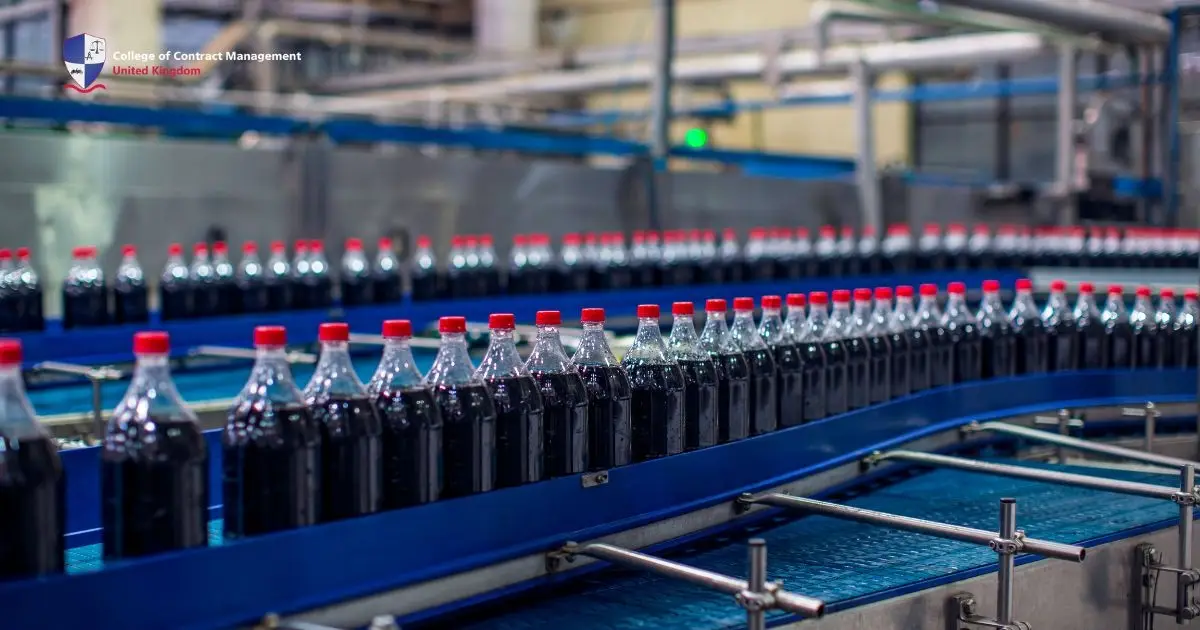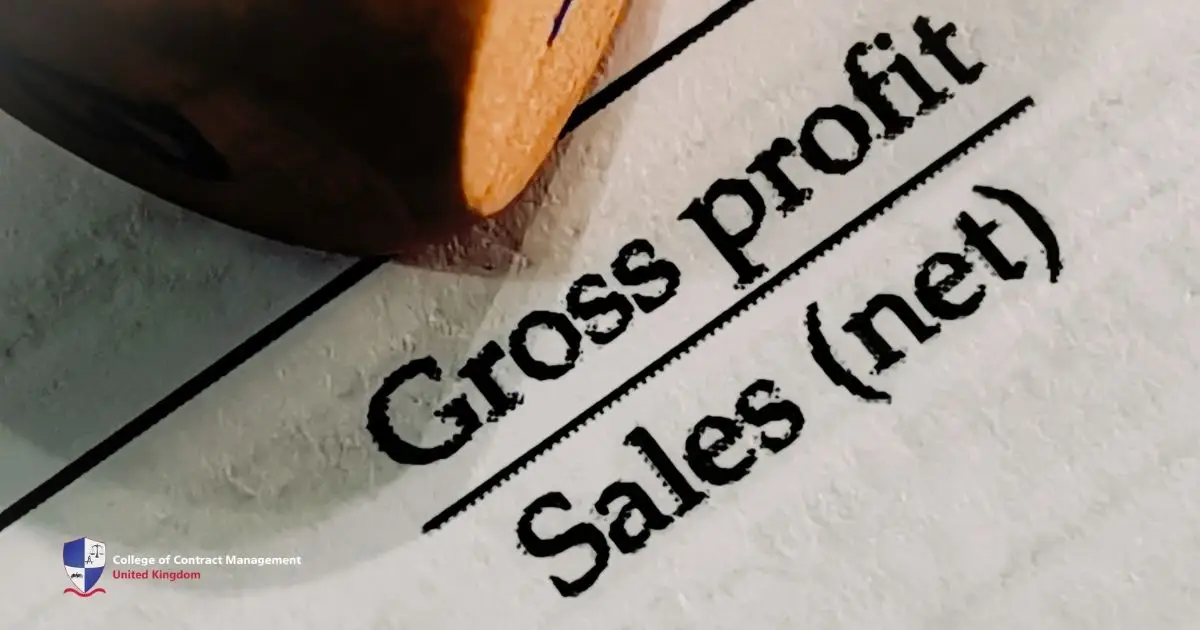Flow production changes how companies easily and quickly produce goods. Can you imagine a river flowing steadily and without interruptions? That's what you may picture when a business runs smoothly. For factories, mass production does this. It’s a process that keeps everything efficient by moving things through stages without waiting.
Businesses always seek ways to work faster and better. It answers that call perfectly. The process is like a conveyor belt in a candy factory, where chocolates move from mixing to wrapping without pause. This method cuts down delays and keeps things moving. For companies, this process means more products in less time. It’s exciting to think about how this approach shapes modern manufacturing.
This article will explain its benefits, workings, and why it matters. By the end, you will see how it boosts output while keeping quality high. Keep on reading!
What is a flow production process?
Flow production is a manufacturing style where products move continuously through stages. Large numbers of the production goods are produced in this process. Think of cars rolling down an assembly line. Each step adds something new, like wheels or doors, without stopping. This keeps work smooth and quick. Factories use this process to save time and effort. It’s ideal for making large amounts of similar items, like food or electronics.
Businesses can stay organised and prevent stacks of incomplete goods by keeping things flowing. Moreover, a well-defined plan is necessary for mass production. There is never any waiting because personnel and machines are always prepared. This configuration improves quality and decreases errors. Picture a continuous stream of cookies being baked; every batch turns out flawlessly. However, it takes creative work, not just quickness.
The importance of flow production
The best feature of flow production is its time and cost savings. Companies want to produce goods quickly without squandering money, and this approach does just more than that. For example, a factory making phones, each phone moves from screen fitting to testing in one go. No delays mean lower costs and happier customers. This method also helps companies keep up with demand, especially for popular items like snacks or gadgets.
Additionally, the process boosts worker focus and saves time. Since tasks repeat, workers get really good at their jobs. This leads to fewer errors and better products. Companies use it for steady output and less stress. It’s a win for everyone involved, from factory floors to store shelves. After that, let’s see some of the reasons why this strategy is so effective:
- Savings on costs: When there is less waiting, less money is spent on storage or additional labour.
- Satisfying large orders: Factories are able to create more in a shorter amount of time.
- Quality control is more efficient: Steady work identifies errors at an earlier stage, which guarantees high-quality products.
This procedure offers many significant advantages. It is a great choice for businesses that wish to grow without depleting their financial resources.
How flow production works
A simple setup is the first step in the system. Like a step-by-step recipe, factories line up humans and machinery. Each station is responsible for a certain task, such as packaging, checking, and cutting. Items are constantly moving from one to the next. For instance, bottles are filled, capped, and labelled in a single, seamless flow in a juice factory. Because of this reason, the flow procedure is dependable to keep everything neat and organised.
Furthermore, careful planning is key to the success of flow production. To prevent disruptions, managers plan out every step. They guarantee that machines remain ready and make sure supplies arrive on schedule. It's similar to getting ready for a large meal; everything needs to be ready. In addition, workers receive training on how to complete jobs efficiently and effectively. Thus, it is a force for producing items quickly and effectively since you will work as a team.
- Set a line setup working: Stations align for a clear path from start to finish.
- Make sure a constant supply of goods: Materials flow in to keep production steady.
- Prepare well-trained staff: Workers know their roles to avoid delays.
Flow production keeps everything moving like a well-tuned engine. When machines, materials, and people all work together, products roll out smoothly. It’s a system built on teamwork, timing, and smart planning—and it just works.
The benefits of flow production
Businesses can benefit significantly from flow production. It's similar to taking a shortcut to producing more with less work. More sales result from factories’ ability to produce goods more quickly. For example, a toy factory that uses this method can fill stores ahead of the holidays. With quick production, businesses can thrive, and customers are happy with this speed.
Additionally, it’s simpler to forecast your earnings, which aids with growth and planning. Moreover, the method is possible to cut production waste. Since products move without stopping, there’s no pile-up of extra parts. This saves money and space.
Think of baking bread in a steady stream without sitting around getting stale. Workers also stay busy with clear tasks, which feel rewarding. The products will reach markets quickly to beat competitors. It is undoubtedly a smart move. It streamlines work and keeps everyone smiling, from factory teams to shoppers.
Challenges of flow production
As such, flow production is suitable for businesses that have a product in demand for a significant period of time. If business forecasts are incorrect, there is a risk you have to manage. This may be hard to offload if market demand has changed. Setting it up can cost money, such as buying machines, fixing, and training staff.
Small businesses might find this tough at first. Also, if one machine breaks, the whole line will stop. Factories must stay ready for quick fixes. For example, a soda plant can’t afford a broken capper slowing everything down. Planning for hiccups is part of making this work well.
Another challenge is flexibility. It loves making the same thing over and over. If a company wants variety, like different flavours of ice cream, it’s trickier. Switching setups takes time and effort. Still, businesses can solve this with good planning and extra tools. New equipment and training require big budgets. One fault can halt the entire line, and changing products slows down the flow.
Flow Production in real life
Flow production shines in industries we see daily. Take a look at car manufacturing, where each vehicle moves through painting, assembly, and testing without pause. This keeps factories humming and roads filled with new rides. Or think about food, like cereal boxes flying off the lines into stores. It makes sure shelves stay stocked with what we love. It’s exciting to see this method power so many things around us.
Furthermore, the method adjusts to contemporary requirements. Today, factories trace every step with computers, which makes work even more efficient. For example, robots could be used to speed up production in phone manufacturing. Impressive outcomes are produced by combining technology with flow production. Are you curious about its other uses? Here are a few examples to get you interested.
- Electronics: Phones and TVS zip through assembly lines daily.
- Drinks: Sodas and juices flow from vats to bottles fast.
- Clothes: T-shirts get stitched and packed in one go.
Flow production keeps shaping our lives, from gadgets to groceries. It’s not stuck in the past—it grows with technology, speeding things up and keeping the world moving. It’s everywhere, quietly making everyday things possible.
Tips for using flow production
Starting flow production takes thought, but it’s worth it. First, businesses must study their needs. What products will they make? How many? This helps set up the right line. For example, a pen factory plans for steady ink and tips. Testing small runs before going big also saves headaches. The process rewards those who prepare well, turning ideas into reality with ease.
In addition, keeping workers happy matters a lot. Training them well builds confidence and speed. Regular checks on machines also prevent unexpected costs. As you can see, doing one process at a time allows companies to finish production without having to wait for another batch. In many cases, businesses usually add queue time to the cycle time for batches, which increases the process time.
The future of flow production
Flow production keeps evolving with new ideas. Factories now use smart tech, like sensors, to spot problems early, making work even faster and safer. Imagine a candy line that adjusts itself to avoid jams, now that’s the future. Businesses adopting these tools stay ahead, meeting demands with ease. This method isn’t just about today; it’s about building a better tomorrow for manufacturing.
Sustainability also joins this party. Companies focus on less waste and greener energy. For instance, a bottling plant might recycle water during production. This keeps the planet happy while keeping costs low. It blends old tricks with new goals, and here’s what’s coming next.
- Intelligent machines and advanced tools: Robots and tech make lines super smooth.
- Green goal to make a sustainable environment: Factories cut waste for a cleaner world.
- Technology to find an error: New tools spot issues before they grow.
Flow production isn’t slowing down—it’s getting smarter and greener every day. As industries mix clever tech with eco-friendly goals, we’ll see faster, cleaner, and even more amazing things roll into our lives without missing a beat.
Final thoughts
Flow production has the benefit of significantly reducing lead time, as there is little waiting. It also has very little waste, but in truth, that is more of a function of creating flow than of flow itself. This methodology helps eliminate many forms of waste associated with traditional production systems. Besides that, it helps the company be flexible in responding to changes in customer demand.
If you want to learn about the industry, the College of Contract Management has created a course on industrial interior design to help students gain the necessary knowledge. It offers hands-on skills and insights to help you design stylish and relevant industrial-style spaces. This course takes you from the basics to advanced topics, ensuring a well-rounded learning experience. So, what are you waiting for? Take the leap and start building your career path with CCM!





